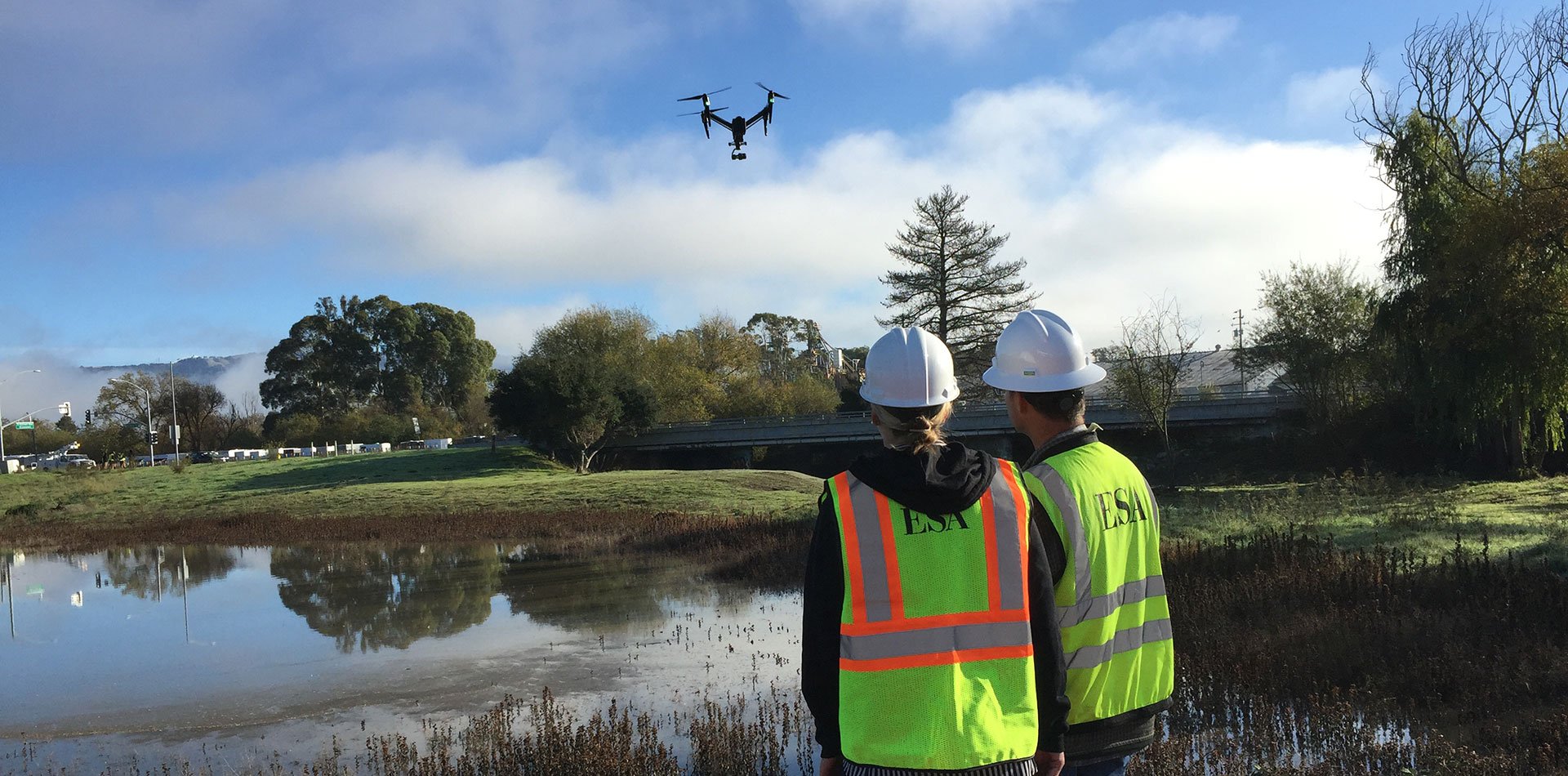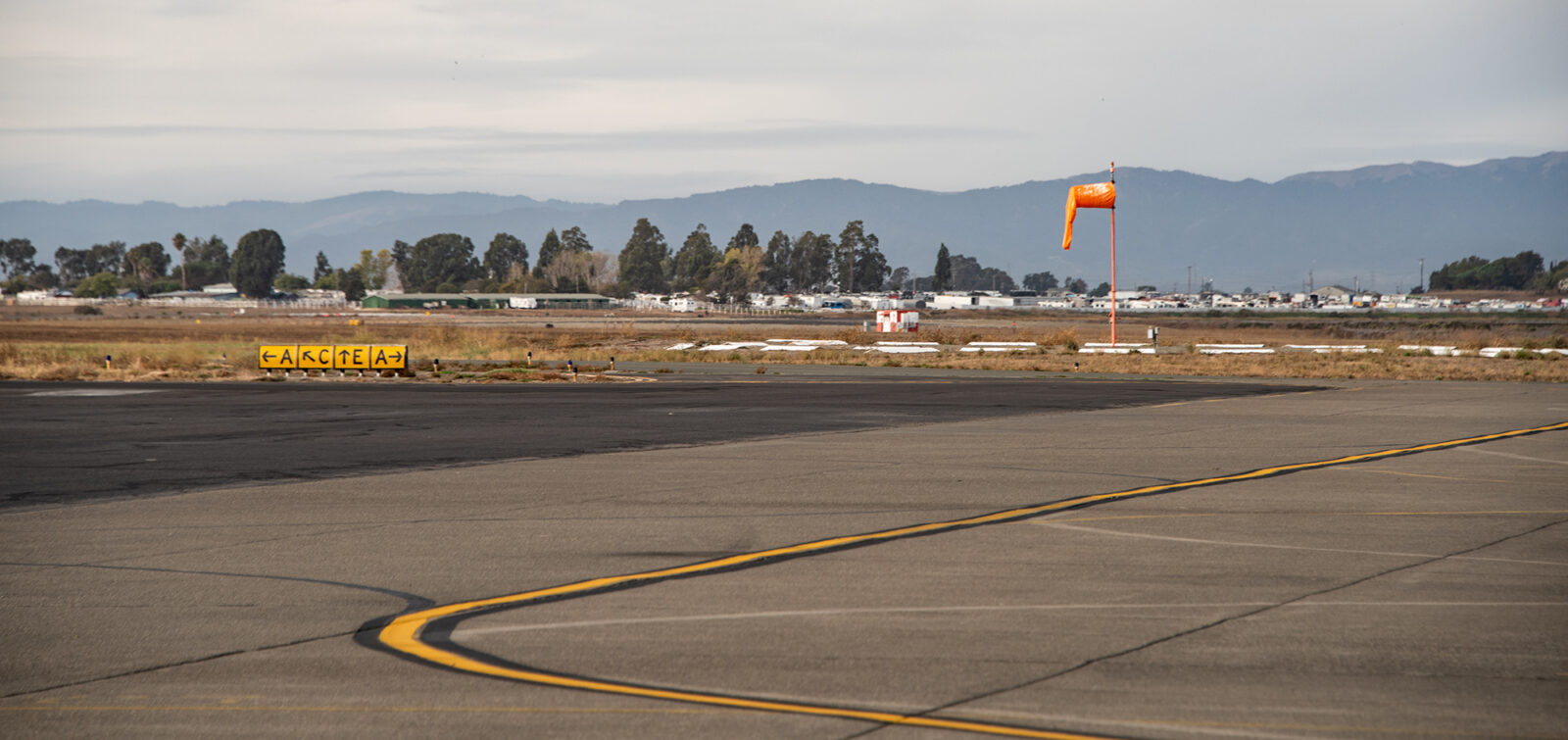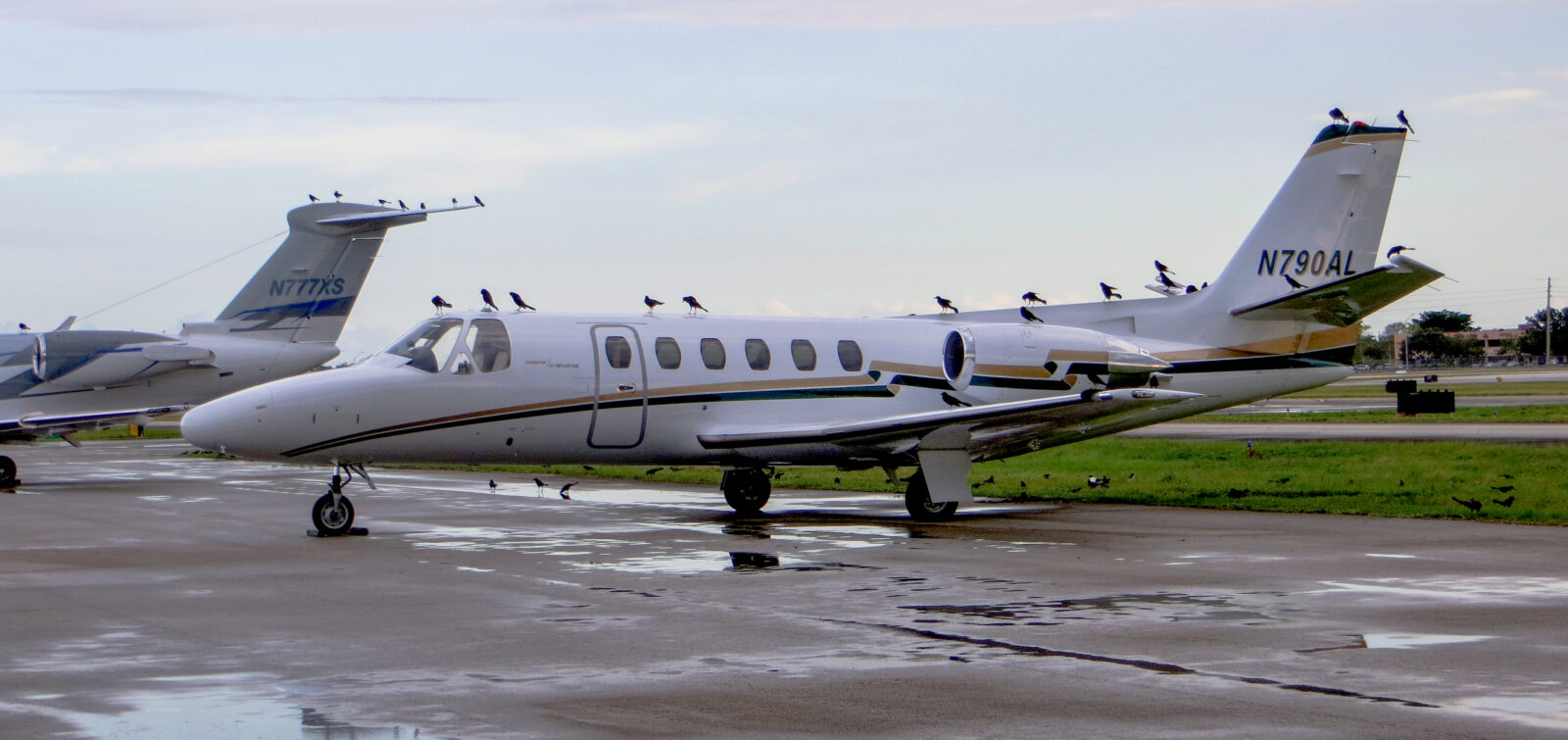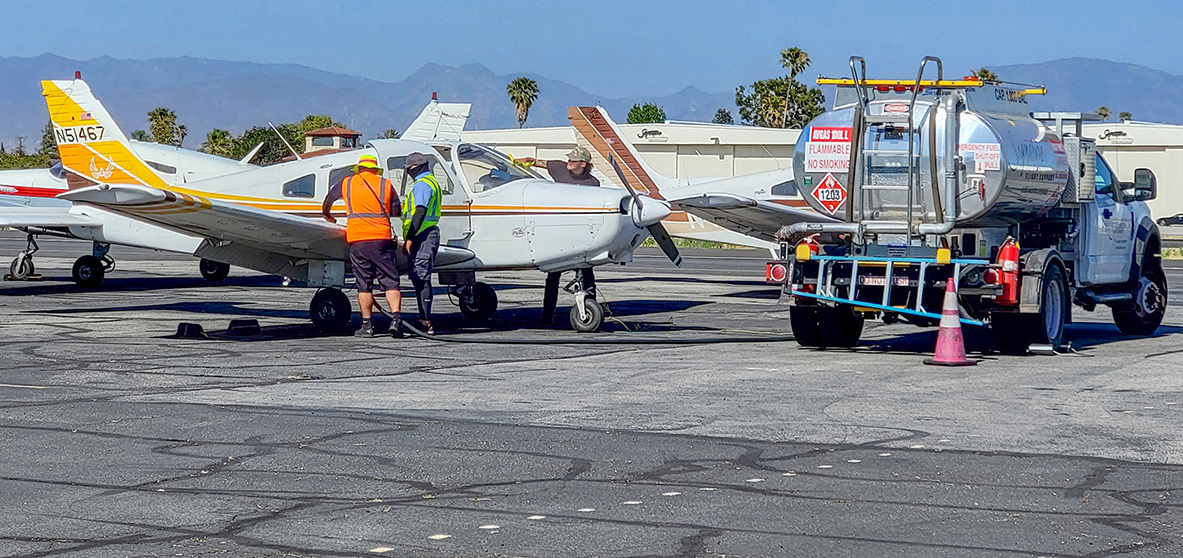With the FAA’s implementation of the Low Altitude Authorization and Notification Capability (LAANC) system, the FAA will be able to grant faster authorizations while maintaining the safety of the National Airspace System. ESA is eagerly awaiting the rollout of LAANC authorizations for each operating region in line with the FAA schedule, which will help us to more quickly get automated access to fly our drones in controlled airspace to support clients’ needs.
Since the summer of 2016, the Federal Aviation Administration’s (FAA’s) Part 107 of the Federal Aviation Regulations has outlined specific rules for non-hobby Unmanned Aerial Vehicles (UAVs, also known as drones). Essentially, once the drone is registered and the operator is FAA-certified, drones are permitted to fly very near to the ground, up to 400 feet. This is designated as Class G airspace.
A pilot cannot, however, fly in controlled airspace without special authorization. Controlled airspace applies to Class A, B, C, D, and E—where air traffic control service is provided to ensure maximum air travel safety. These include areas higher than 400 feet in altitude, airspace around airports, their control towers, and other delineations the FAA has outlined.
The current authorization process to fly in controlled airspace involves 19 steps and takes up to 90 days to process. While inherently important to maintaining public safety on and above the ground, this lengthy approval process can be an impediment to near-term client and project needs for drone services.
That’s why we are pleased to report that the FAA has officially announced the nationwide expansion of the LAANC. According to the FAA, LAANC “enables drone pilots access to controlled airspace near airports through near real-time processing of airspace authorizations below approved altitudes.”
Beginning in April 2018, LAANC authorization will be rolled out to nearly 300 air traffic control facilities representing approximately 500 airports across the United States, opening up to 78,000 square miles of airspace for commercial drone operations.
Aside from LAANC in controlled airspace, there are also areas classified as special-use airspace, such as Military Operation Areas (MOAs), that blanket vast areas of airspace across the nation. Currently, flight in special-use airspace requires coordination and approval of the controlling agency, not the FAA.
Such is the case for most of the Florida panhandle in our Southeast region, where ESA has obtained “acknowledgement” (approval by not disapproving) from Eglin Air Force Base near Destin, Florida, for a six-month period under their Unmanned Aircraft Systems (UASs) Airspace Authorization Request process. This acknowledgement within the MOA allows ESA to provide authorized client services across most of the Florida panhandle at any time.
Learn more about the ESA drone program!







